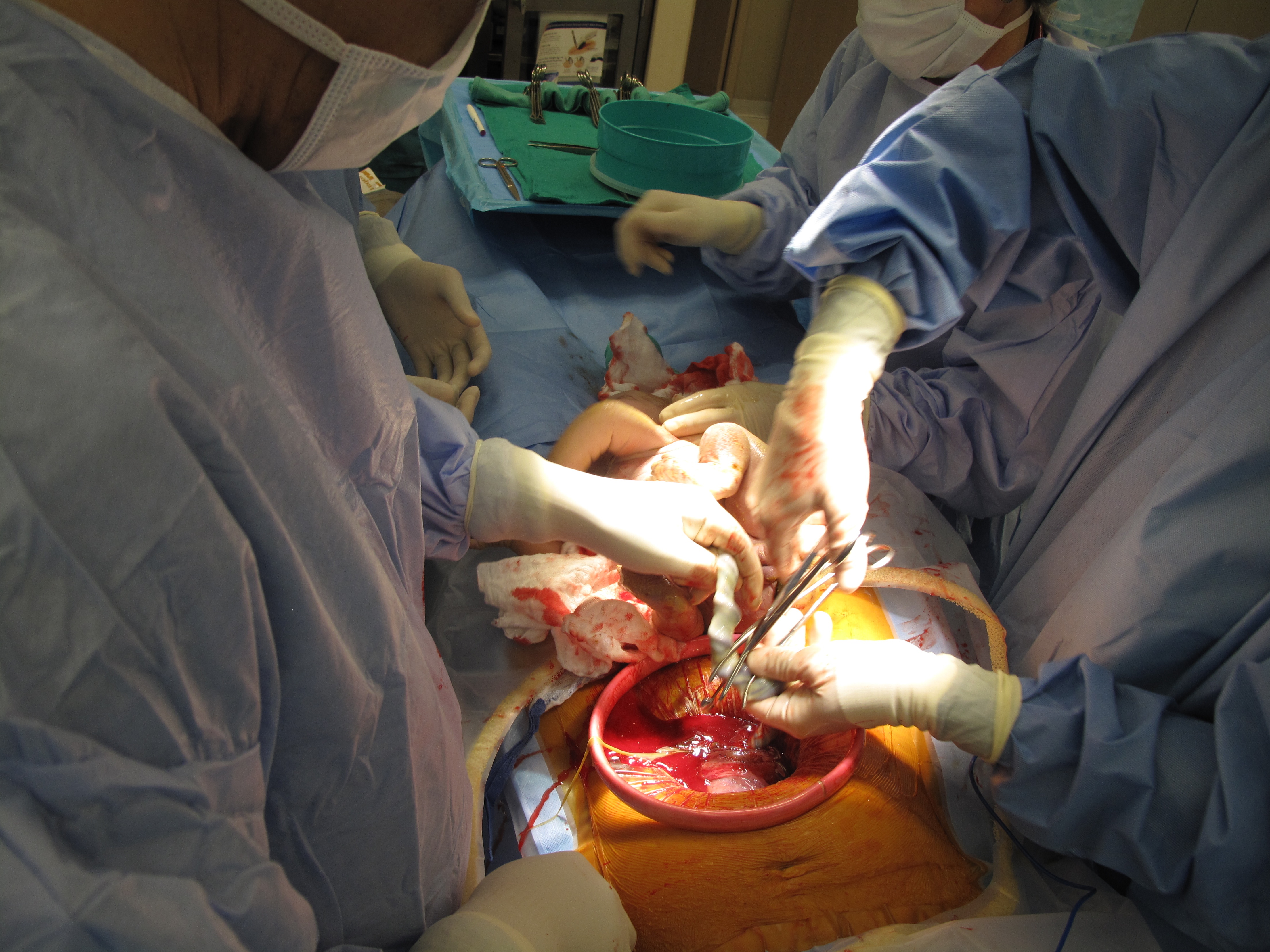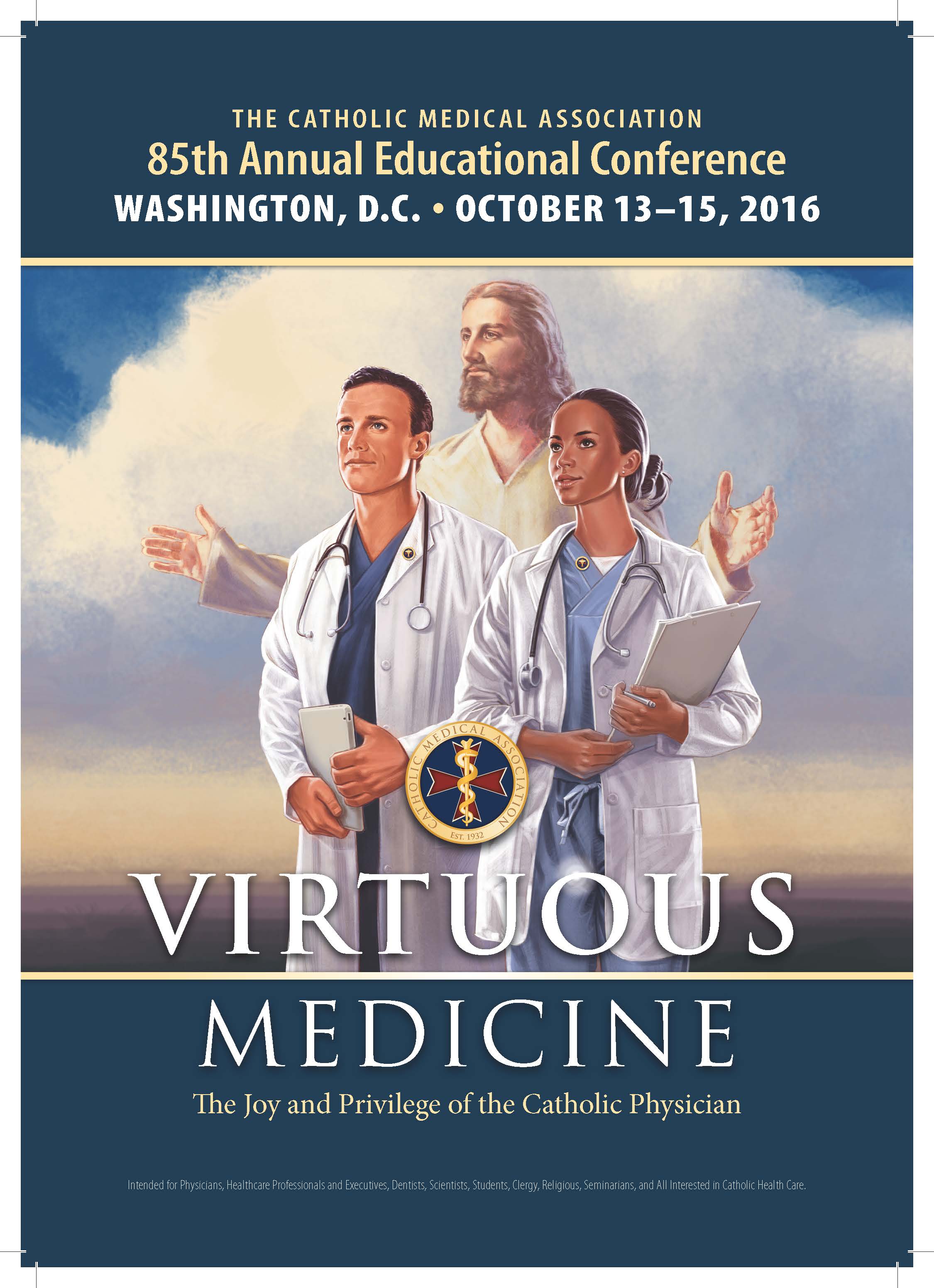
The other day I was scrubbed to do an orange repeat C-section (urgent, not scheduled but not a life-or-death emergency). The patient had a history of two C-sections and was in spontaneous labor. Women aren't supposed to go into labor with two cesarean scars: their risk of uterine rupture (breaking open their cesarean scar while they contract) is too high to be generally accepted.
I stood next to the patient on the OR table as the sterile prep solution dried on her abdomen, before I covered her with a sterile drape and began the surgery. Opposite me was my chief resident and the MFM fellow, also both scrubbed. The attending was standing next to the door, not scrubbed, on the phone. I have no idea where the sub-intern was, but she wasn't ready yet.
 Suddenly the fellow pointed to the patient's abdomen as a very dramatic fetal movement changed the contour of her pregnant belly. Her water suddenly broke all over the table. "Well," said the attending, "now we have to move faster."
Suddenly the fellow pointed to the patient's abdomen as a very dramatic fetal movement changed the contour of her pregnant belly. Her water suddenly broke all over the table. "Well," said the attending, "now we have to move faster.""I'm worried she ruptured her uterus," the fellow said under his breath, as he walked up to the table.
I draped the patient and the fellow and I put our hands on the uterus. "I can feel baby with a lot of definition," I said. I could feel little elbows way too well, as if there weren't enough layers between me and the baby.
"Go stat," the attending said. The C-section priority changed from orange to red, and in a moment I had my hand in the patient, fishing for a fetal head without having to cut any uterus. It was clear: she had ruptured her uterus. I felt the head in her pelvis and started to lift it up. The moment I did, the baby swam away and then all I felt was buttocks. I extracted the baby breech, and then I got a chance to look at the uterus. She had broken open her old scars.
I've never seen a uterine rupture, I've never seen it happen right in front of my face, and I've never had a baby who had room (and cheek!) to swim away from me during a delivery. Wow! Baby and mom were fine.

